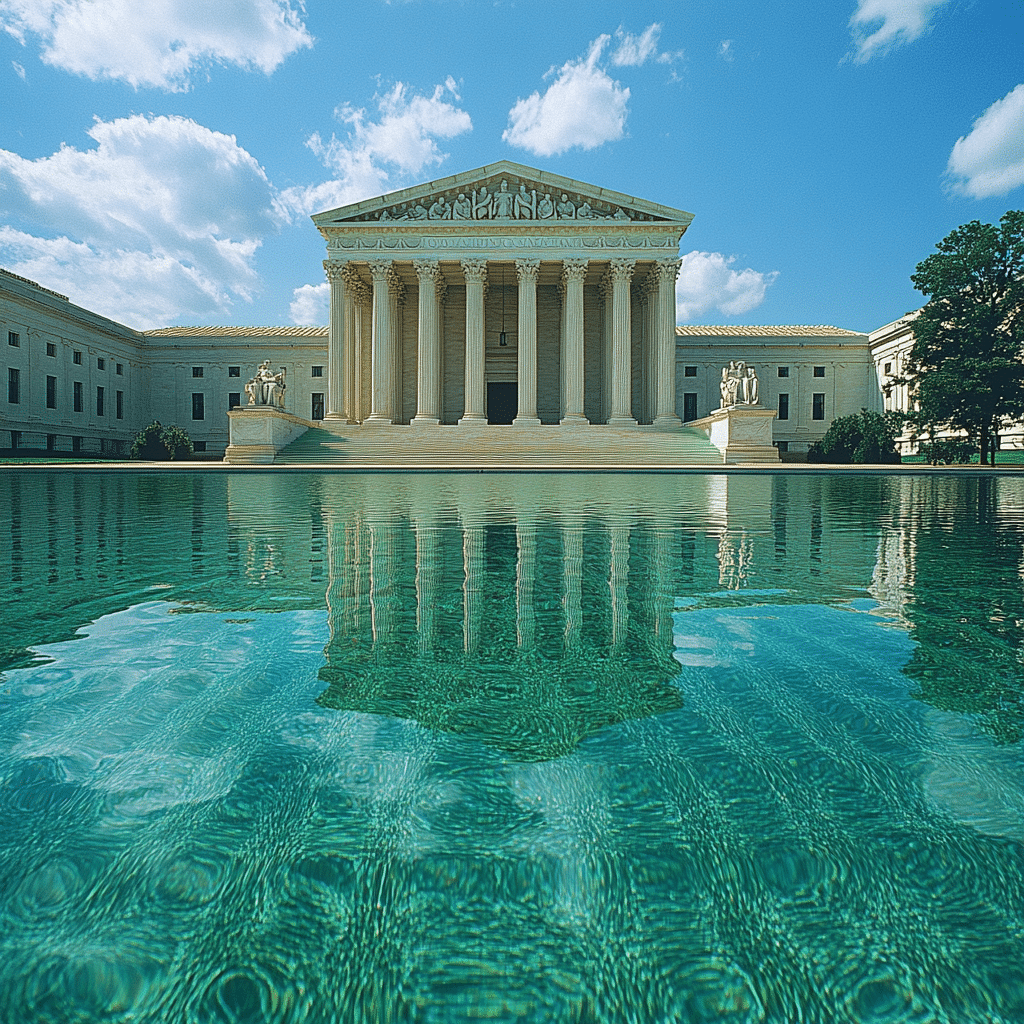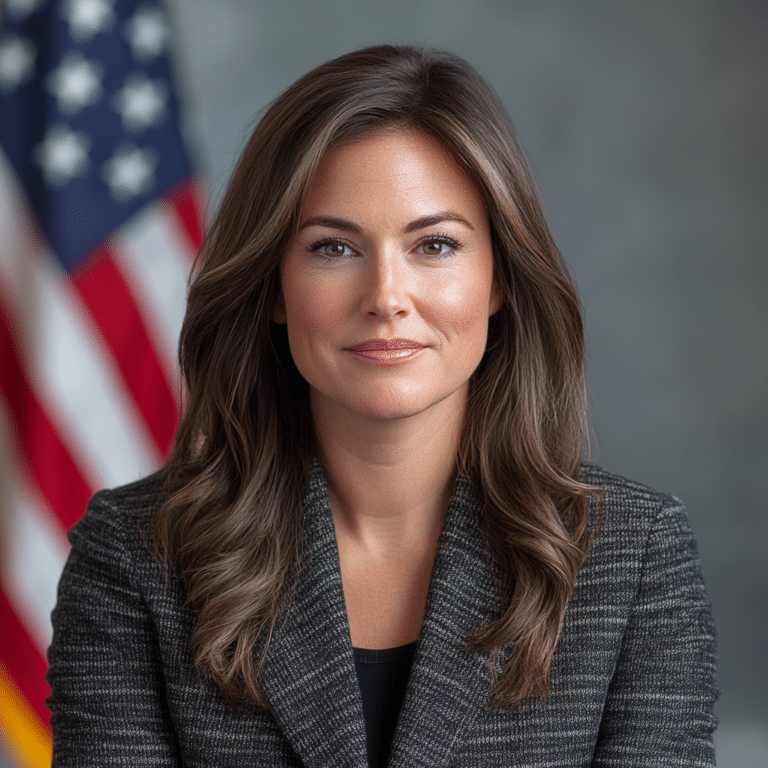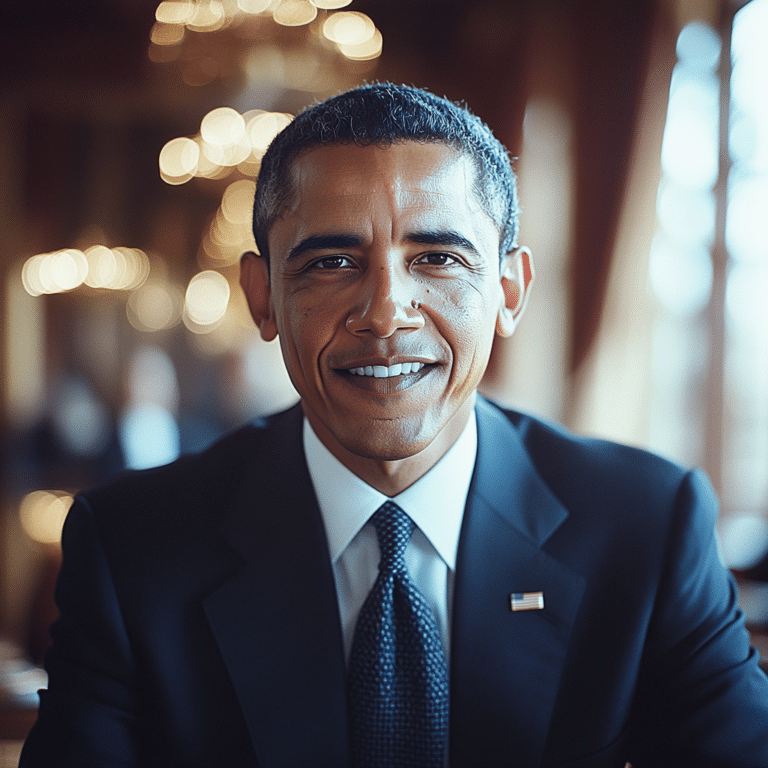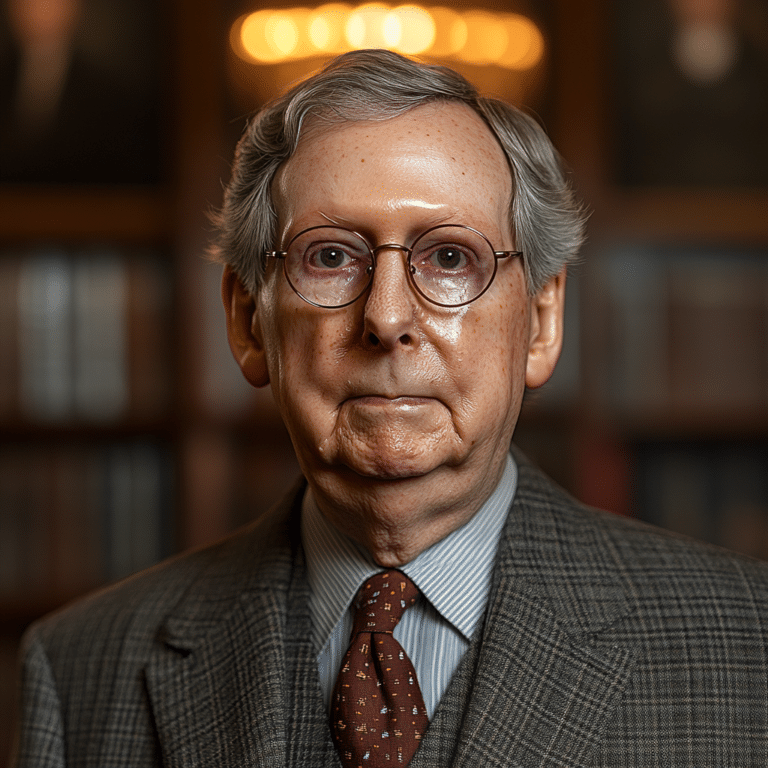Roe v. Wade fundamentally transformed the landscape of abortion rights in America when the Supreme Court made its landmark decision in 1973. This ruling wasn’t just a legal victory; it framed abortion as a fundamental aspect of individual autonomy and privacy. It ignited a firestorm of political and social debate that still rages today. Fast forward to 2024, and the repercussions of Roe v. Wade continue to divide the nation, as state legislations and public opinions swing like a pendulum from coast to coast. What’s at stake here? The future of reproductive rights in America, not to mention the ideological undercurrents that shape our political climate.
The Historical Context of Roe v. Wade
The foundation for Roe v. Wade didn’t spring up overnight; it was built on years of changing attitudes about women’s rights, privacy, and government intervention. In a time when social taboos were prevalent, the case pushed boundaries and sparked discussions that forced many to reevaluate their views. The decision echoed the broader cultural shifts of the 1970s, influencing a generation’s perception of abortion as a woman’s right rather than a moral or ethical debate.
This historical ruling highlighted the importance of individual choice, intertwining the issues of reproductive rights with the ideals of personal freedom. Gone were the views that relegated women to mere vessels for childbirth. Instead, Roe v. Wade positioned women as active participants in their health decisions, paving the way for future battles regarding reproductive autonomy.

The Domino Effect: How President Lyndon B. Johnson’s Policies Set the Stage
President Lyndon B. Johnson played a significant role in shaping societal attitudes that paved the way for Roe v. Wade. His Great Society initiatives expanded the federal government’s reach into social programs and civil rights, weaving a fabric of social equity that would eventually include discussions around reproductive rights. Johnson’s policies fundamentally altered how Americans viewed the state’s role in private lives, leaving a legacy that would influence the abortion debate for decades.
The ideological groundwork laid by Johnson’s presidency fostered an environment where access to healthcare, including reproductive choices, was seen as an essential part of civil rights. Under his leadership, issues concerning health and social justice infiltrated the political discourse, raising awareness of women’s rights and setting the stage for Roe v. Wade. The era engendered a mindset where advocating for women’s healthcare became synonymous with broader civil rights movements, uniting various factions toward a common cause.
The Impact of Evolving Presidential Policies: A View through the Eyes of Bush and Others
When we roll the clock forward, it’s clear that presidential policies significantly impact abortion rights. George W. Bush’s administration (2001-2009) marked a swing in the pendulum, leaning decidedly toward pro-life stances, shaping legislative agendas and judicial appointments that enforced this viewpoint. From the re-enactment of the Mexico City Policy, which prohibited U.S. funding for foreign organizations that perform abortions, to the appointment of conservative judges, Bush’s presidency was a force in molding abortion politics.
Conversely, Lyndon B. Johnson’s liberal policies contrasted starkly with Bush’s. The two administrations illustrate the ongoing push and pull in the abortion debate as they reflect two distinct ideologies—one championing reproductive freedom while the other advocates a pro-life agenda. This ideological division sets the stage for understanding the contemporary landscape of abortion rights in America today, making it vital to dissect how their respective policies permeate current discussions.

Modern Challenges: The Post-Roe Landscape and the Rise of State Legislation
The Supreme Court’s decision to overturn Roe v. Wade in 2022 opened the floodgates for state-level legislation that redefined access to abortion across the country. States like Texas enacted stringent laws restricting abortion access, introducing the controversial Heartbeat Bill that bans abortions after just six weeks. Such measures triggered a national conversation about reproductive rights and the limitations placed on women’s choices.
In stark contrast, states like California have extended their commitment to reproductive freedom through legislation like the Reproductive Freedom Act, expanding protections for abortion rights. This dichotomy between states sets a dramatic stage where access to abortion becomes a privilege based on geography. As states flex their legal muscles, it underscores an America that is deeply divided, raising questions about whether we’ll see a reversion to a more unified approach to reproductive rights.
Public Opinion Shifts: The Changing Landscape of American Attitudes
Public opinion regarding abortion is incredibly dynamic and has shifted noticeably over the years. Recent polls by Gallup and Pew Research reveal a complex tapestry of viewpoints that’s heavily influenced by factors like age and education. Younger generations tend to lean more toward pro-choice perspectives, while older demographics often hold more traditional views.
These shifting attitudes are essential to understanding the modern abortion debate. Younger, more diverse voters are actively reshaping public discourse, challenging conventional wisdom and advocating for access to healthcare that includes abortion. This changing landscape could set the stage for future policies and judicial decisions that might either reinstate previously lost rights or further entrench state control over women’s reproductive health.
The Role of Advocacy Groups: Continuing the Fight for Abortion Rights
Organizations such as Planned Parenthood and the National Abortion Federation not only advocate for women’s health services but also play critical roles in lobbying for reproductive rights. Their strategies often focus on mobilizing public support through grassroots campaigns that educate the public, raise funds, and promote legislation aimed at preserving access to abortion.
In light of the post-Roe environment, these organizations are increasingly important. They confront various challenges, such as navigating state-specific legislation that can differ dramatically from one location to another. By working at both local and national levels, these advocacy groups strive to create a safety net for reproductive rights, ensuring that access doesn’t disappear amid hostile legislative environments.
Future Implications: What Lies Ahead for Abortion Rights in America
As we gaze into the crystal ball of abortion rights, we encounter multiple potential pathways that could unfold based on political tides, legal battles, and shifting public sentiment. Will we witness a resurgence of national consensus on reproductive rights, or are we destined for a period of increased polarization?
Various scenarios could materialize. Potential federal legislation might seek to re-establish reproductive rights on a national level or, conversely, states could continue to implement restrictive measures fueled by the pro-life movement. The growing conversation around healthcare as a fundamental human right will likely dictate the course of future policies. As a nation, we stand at a crossroads that could reshape the ideological and practical landscape for women’s rights in America.
Navigating the Path Forward: A Nation at a Crossroads
The legacy of Roe v. Wade continues to echo through our political discourse and public policy today. This isn’t just a mere political battle; it’s a deeply personal issue that intertwines health, freedom, and societal values. As America grapples with the complexities of reproductive rights, the path forward hinges on finding a balance between individual rights and moral considerations.
The conversation around abortion rights is far from over. Instead, it’s a vibrant, often contentious dialogue that reflects our evolving cultural landscape. What happens next depends not only on political galvanization but also on the collective will of American citizens to define what reproductive freedom means for future generations. As we navigate this tumultuous journey, let’s ensure that every discourse surrounding reproductive rights reflects the truths and values that America holds dear.
Roe v. Wade: Fun Facts and Trivia About a Landmark Case
The Legacy of Roe v. Wade
Did you know that the famous Roe v. Wade case wasn’t just pivotal for its ruling but also for the cultural landscape it influenced? The 1973 Supreme Court decision ultimately paved the way for ongoing debates and changes regarding women’s reproductive rights. In fact, the implications of this case continue to echo in media and entertainment today. Just as the drama of Barcelona vs. Tottenham electrifies sports fans, the narratives surrounding Roe v. Wade have mobilized people across the nation for decades, shaping public opinion and activism.
The Context Behind the Case
The story of Roe v. Wade stretches beyond legalities; it’s woven into the fabric of American pop culture. For instance, consider how pop icons and films capture the emotions tied to such issues—like that moment in Blade Runner 2049, which forces viewers to confront the ethical dilemmas of modern society. Much like how Morgan Freeman’s movies often touch on profound narratives, Roe v. Wade is about more than just law—it reflects the heartbeat of a nation grappling with change.
Trivia That Matters
Here’s a fun nugget: Roe wasn’t just a person; the case was rooted in the broader feminist movement. Similarly, iconic television shows, like Boy Meets World featuring Topanga, reveal societal shifts in gender roles and personal choices often reflecting cultural sentiments. As society evolves, so does the impact of landmark cases like Roe v. Wade. This ongoing conversation encourages critical thinking about reproductive rights just as documentaries like the Beckham documentary inspire discussions about personal agency within their fields.
These intriguing connections remind us of the myriad ways Roe v. Wade resonates within different aspects of life, sparking dialogue that crosses generations. Each trivia point reinforces the idea that understanding Roe v. Wade entails more than just reviewing a case; it’s about appreciating its profound effect on culture, rights, and societal views today.































